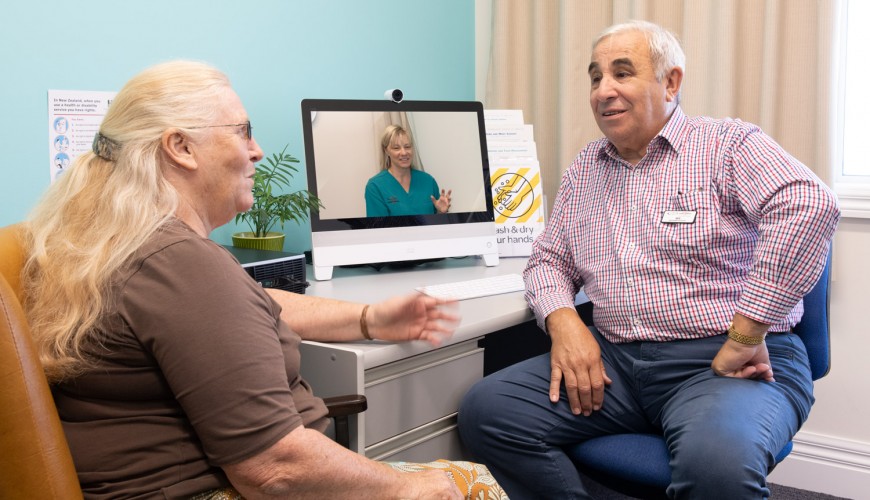Exploring the impact of telehealth videoconferencing services on key stakeholders in New Zealand

Organisation: Massey University
Date of project: Data collection completed December 2019, PhD thesis completed Dec 2020
The aim of this qualitative research was to understand how telehealth videoconferencing services (THVCS) impact on key stakeholders in the work system. It took a socio-technical systems approach to:
- Examine the characteristics of THVCS in the New Zealand context
- Identify the facilitators and barriers to THVCS
- Understand how the work system can adapt for THVCS to be a sustained practice
Phase I of the research interviewed all 20 members of the NZ Telehealth Forum (NZTF) to explore the perceptions of experts. Phase II interviewed providers and patients who had used THVCS, and those who chose not to receive care with THVCS. There were twenty participants from across New Zealand, in primary and secondary care sectors and from a range of specialities. Thematic analysis of the data explored how THVCS affects the work of key stakeholders across the work system.
The findings show that in 2017:
- While services were provided over a wide range of disciplines there was a low uptake of THVCS
- Few services were embedded as usual practice and there was evidence of services that had not been sustained
- There was variation of THVCS availability in different areas of the country.
From the perspectives of the expert group, providers and patients and families, THVCS have an impact across the work system (people, tasks, technology, organisations and the wider external environment). The facilitators and barriers of THVCS interact at all levels to impact on outcomes.
Key findings include:
- THVCS impact on the work of providers and patients with the introduction of technology requiring adjustment of processes, relationships, and behaviour and the interactions of these processes
- THVCS offer advantages for patients though depending on the model of care creates an effort shift to providers or patients. Both groups seek a balance between costs and consequences
- THVCS requires a new way of working which in turn requires a change of process, leadership and support at all levels to effect this change
- The embedded social identities of providers, patients and the importance placed on human connection creates challenges for THVCS
- The way in which the components of the work system ‘fit’ determines the outcomes of THVCS. Any mismatch of fit may result in inequities or other unintended consequences.
For THVCS to be a sustained practice in healthcare requires collaborative design across the work system to enable ‘fit’ across the levels of the system. The approach most likely to achieve this goal requires addressing the interrelated key factors of:
- Supporting new ways of working
- Leading change
- Balance cost and consequence
- Focus on what is best for patients
- Provide choice for human connection
- Recognise and address inequities.
If you would like more information about this project, please email us.
